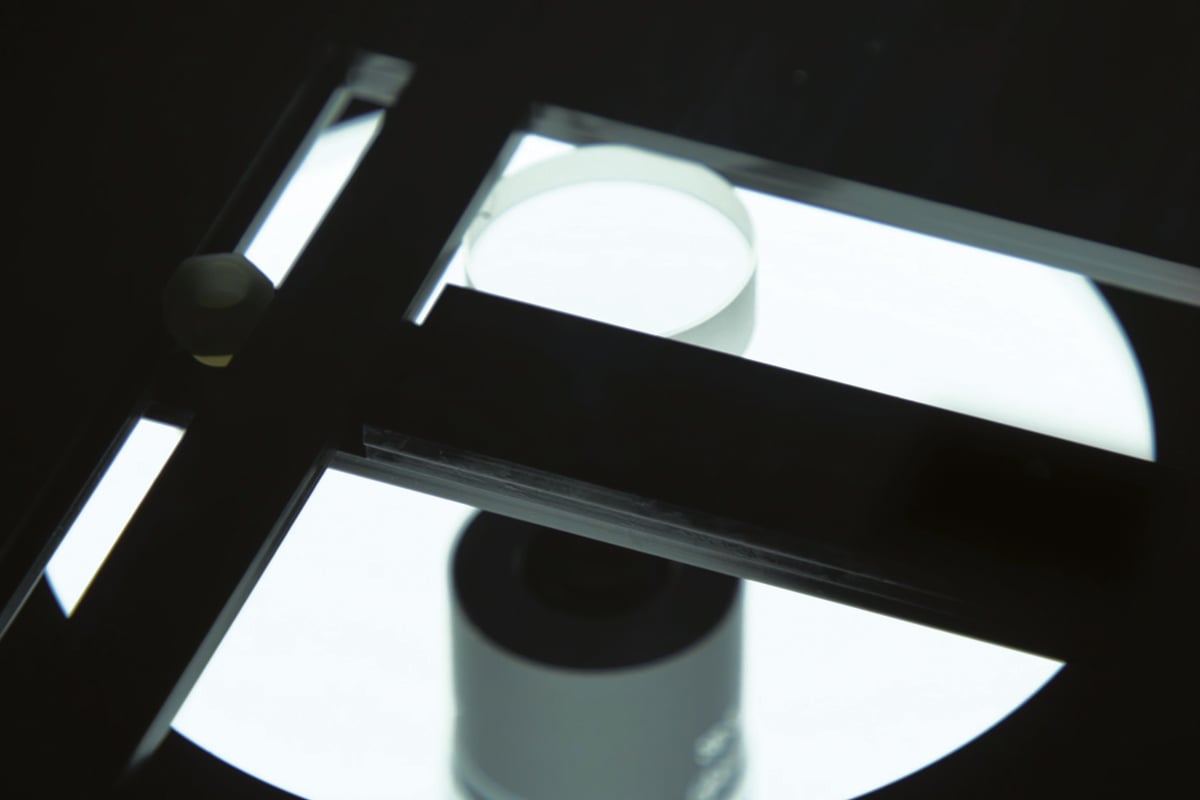
Optical surface quality is an important subject for those involved in the manufacture, supply and use of optical components. In short, the topic involves methods for the identification, characterisation and tolerancing of imperfections on optical surfaces.
Surface imperfections, such as scratches, can be introduced during manufacture, but also through general use. Depending on application, these imperfections can have a significant impact on both the functional and cosmetic quality of a product. Therefore, it is very important that those involved in the supply chain can agree on how surface imperfections are to be controlled.
With the need well understood, the International Standards Organisation (ISO) has developed a methodology for controlling surface imperfections. This methodology is published in ISO 10110-7: 2017, named Optics and photonics – Preparation of drawings of optical elements and systems – Part 7: Surface imperfections.
ISO 10110-7: 2017 seeks to provide useful methods and definitions for imperfection control. However, it is safe to say that some challenges remain regarding its interpretation, and implementation.
In our industry guide to optical surface quality standards white paper, we review ISO 10110-7 in detail so that these challenges can be understood. We also take the opportunity to compare ISO 10110-7: 2017 against MIL-PRF-13830 B, which is an alternative (but very common) standard for controlling optical surface quality.
Below we provide an introductory overview of ISO 10110-7: 2017.
ISO 10110-7 (2017) is the latest internationally recognised standard to provide definitions and methods for the assessment of optical surface imperfections.
Under this standard, imperfections are to be classified as either long imperfections (analogous to scratches) or localised imperfections (analogous to digs).
One unique and flexible element of this standard is that it provides two separate approaches to the control of surface imperfections:
Approach 1: ‘Visibility specification’ – includes methods which closely follow the MIL-PRF-13830 B standard, where imperfections are to be detected and characterised based on visual appearance and comparison. One important divergence from the MIL-PRF-13830 B standard is the criteria that is to be used for classification of imperfections.
Approach 2: ‘Dimensional specification’ – focuses on the characterisation and evaluation of imperfections by their dimensions alone.
In both cases, the ISO 10110-7 standard references ISO 14997, a supporting standard that specifies the physical principles and practical means for evaluating surface imperfections.
Together, they include methods for specifying surface quality, detecting imperfections that are relevant, characterising any imperfections found, and finally, evaluating the inspection area for pass or fail status against the specified surface quality.
If you are in the process of reviewing which standard to implement, or you are looking to understand the merits and challenges that come with each, we provide an in-depth discussion on this topic in our industry guide to optical surface quality standards white paper.

We’re helping organisations all over the world reap the benefits of world-leading metrology. Speak to our experts.